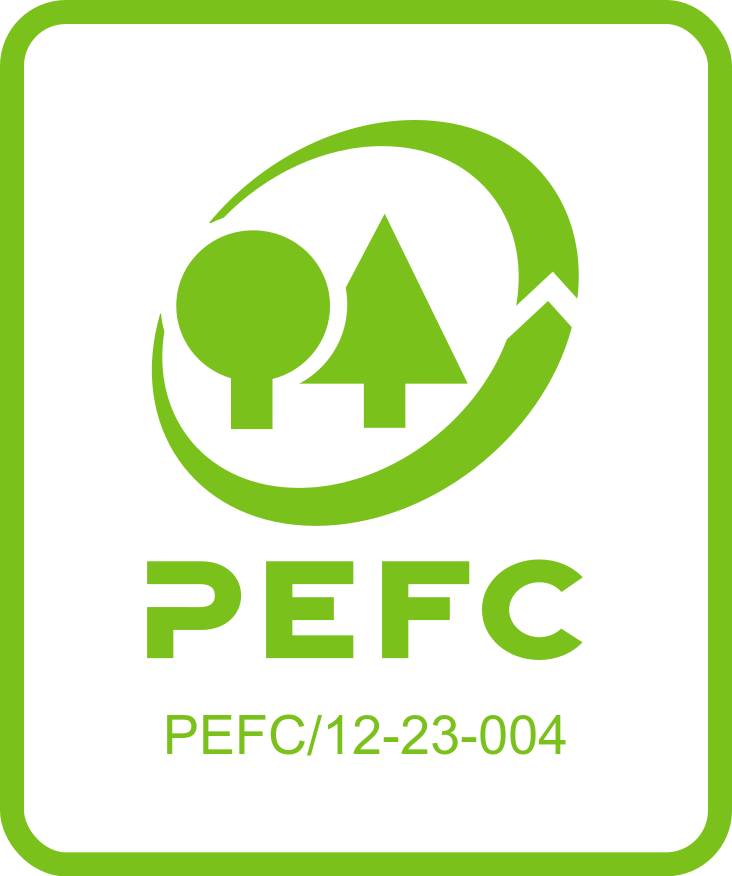In order to realise the environmental goals of JSC “Latvia's State Forests” (LVM), over 16% of the total forest area and over 20% of the total land area (forests, wetlands, agricultural lands, water) are managed for reasons of nature conservation.
The state protected nature conservation territories under LVM management include: nature parks and nature reserves, protected landscape areas, nature monuments, biosphere reserve, microreserves for protected species and habitats, water body protection zones, Baltic sea and gulf of Riga coastal protection zone, protection zones around marshes, etc., as well as areas identified and protect by LVM for wildlife protection (eco-forests, places for wood grouse to etc.).
An environmental impact assessment of the planned forestry activities is done before the start of the engagement: the territories are visited and researched. This is done in order to identify the most essential for the nature conservation areas where no activities and involvement is going to be planned: forest stands with rare and protected plants, mushrooms, moss, invertebrate and species of other organisms’ groups; protected habitats of wetlands, forests, meadows and birds nesting or mating areas.
LVM requests that they are notified if a big nest of a bird is found in the forest.
In order to ensure long-term protection of rare species, LVM takes long-term measures to care for and renew the habitats of the protected species and biotopes of the forest.
LVM does not perform any work during the birds’ nesting and mating periods in or near the areas that are protected for nature conservation; or in the young forest areas with the highest density of the popular birds species; in eco-forests and other nature conservation areas. Forestry work is limited during the spring and summer on about 30% of the territory managed by the company.
At each site of forestry work LVM preserves the structures typical of natural forests: big and living trees, old trees with holes for nesting, dry and fallen trees, tree clusters, forest edges, anthills and other elements of a natural forest.






